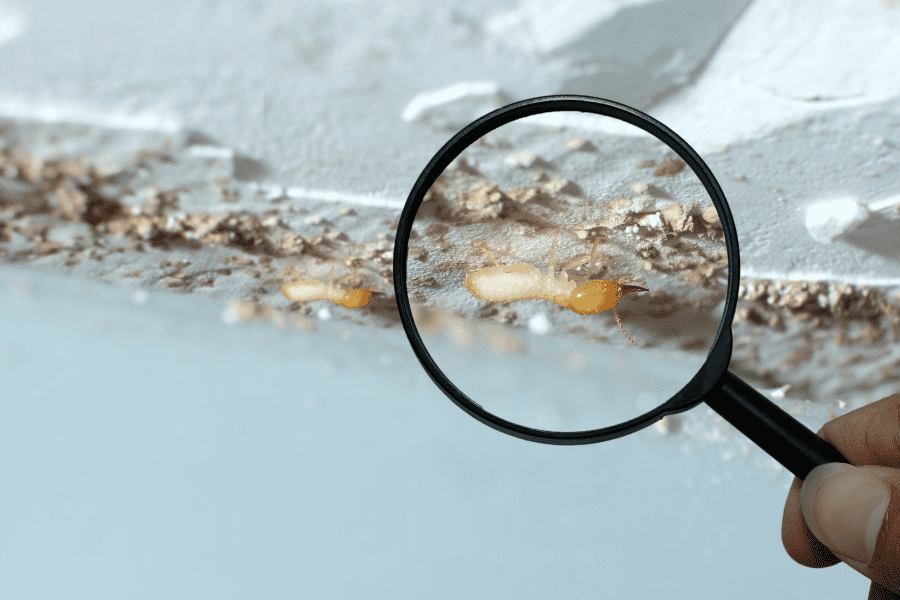READY TO GET STARTED?
REQUEST A FREE ESTIMATE
Fill out the form below or call (888) 466-7849 for a free, no-obligation estimate.

With termites being active 365 days a year, termite prevention is a year-round venture. Termite activity is typically more predictable in the winter months, so setting up termite treatments, especially bait stations, is ideal.
Termites in the south are more likely to discover strategically placed bait stations, like Sentricon® Always Active, year-round, but can also discover the bait stations in the winter. This is because in warmer months, termites are more likely to travel further away from their nests to find food. Termites tend to stay closer to home in the cooler months, making it more likely for them to find termite bait instead of food.
The first step to getting your bait stations in place is to have a property inspection. A technician will do an assessment of your property to determine the best placement locations for your bait stations. They will be able to evaluate the size of your property, age of the structure, and if any termites are currently active. The stations are then implanted into the ground with the top placed flush with the soil’s surface. The stations don’t need to be messed with and your technicians know when to check on them, making it something you don’t need to worry about.
If you are interested in getting year-round termite protection, be sure to reach out to your local pest control company to get started today!